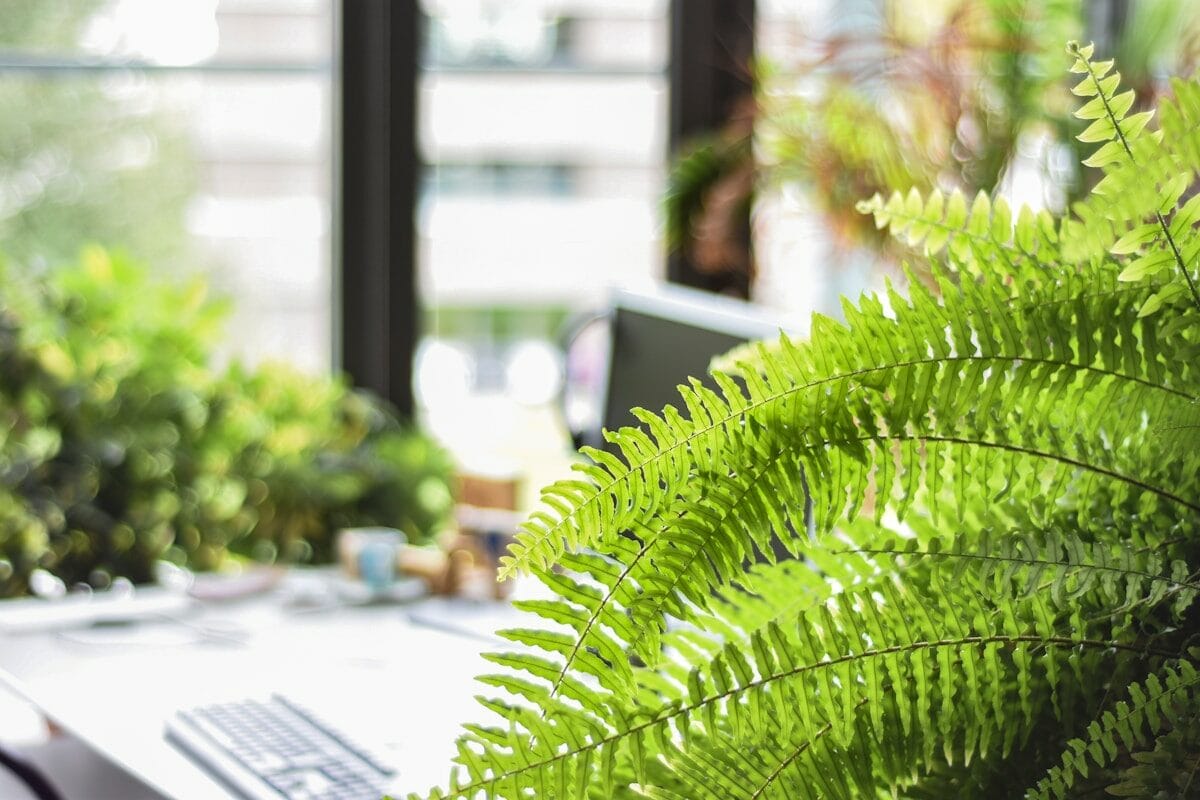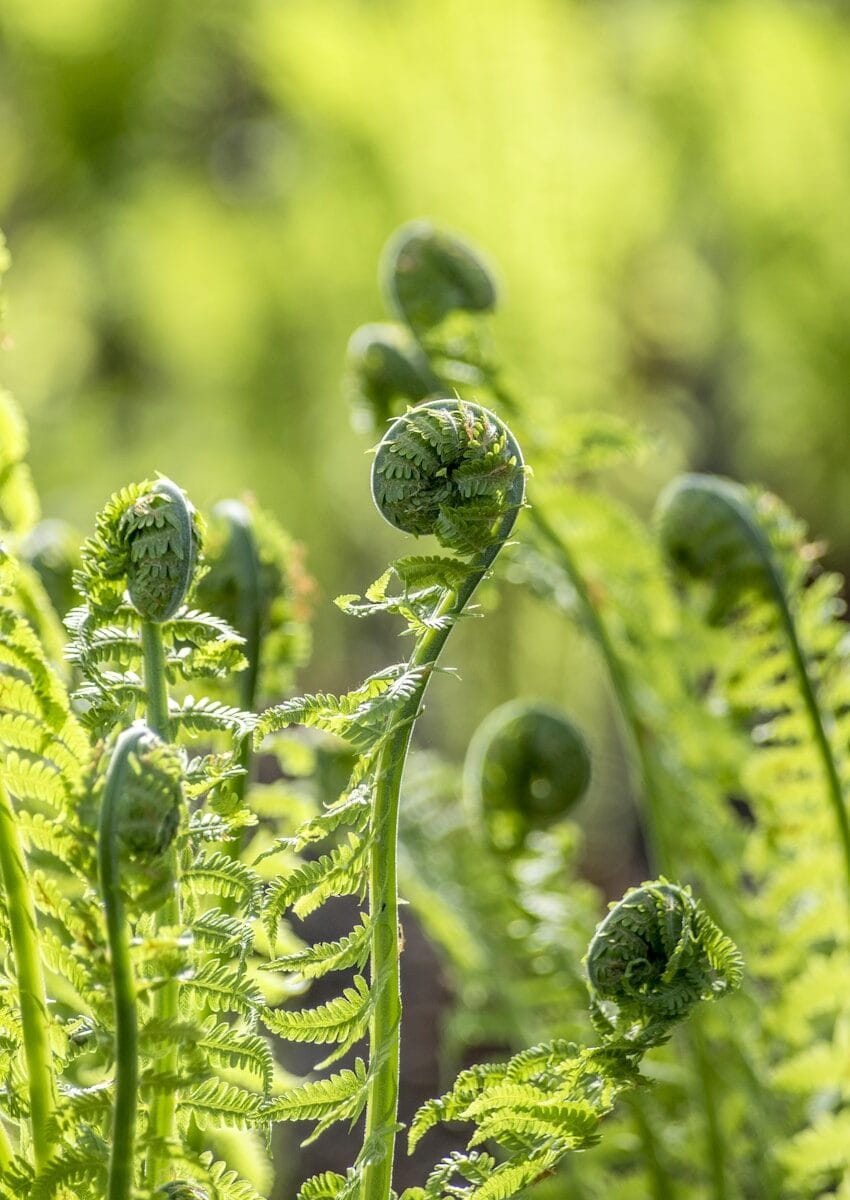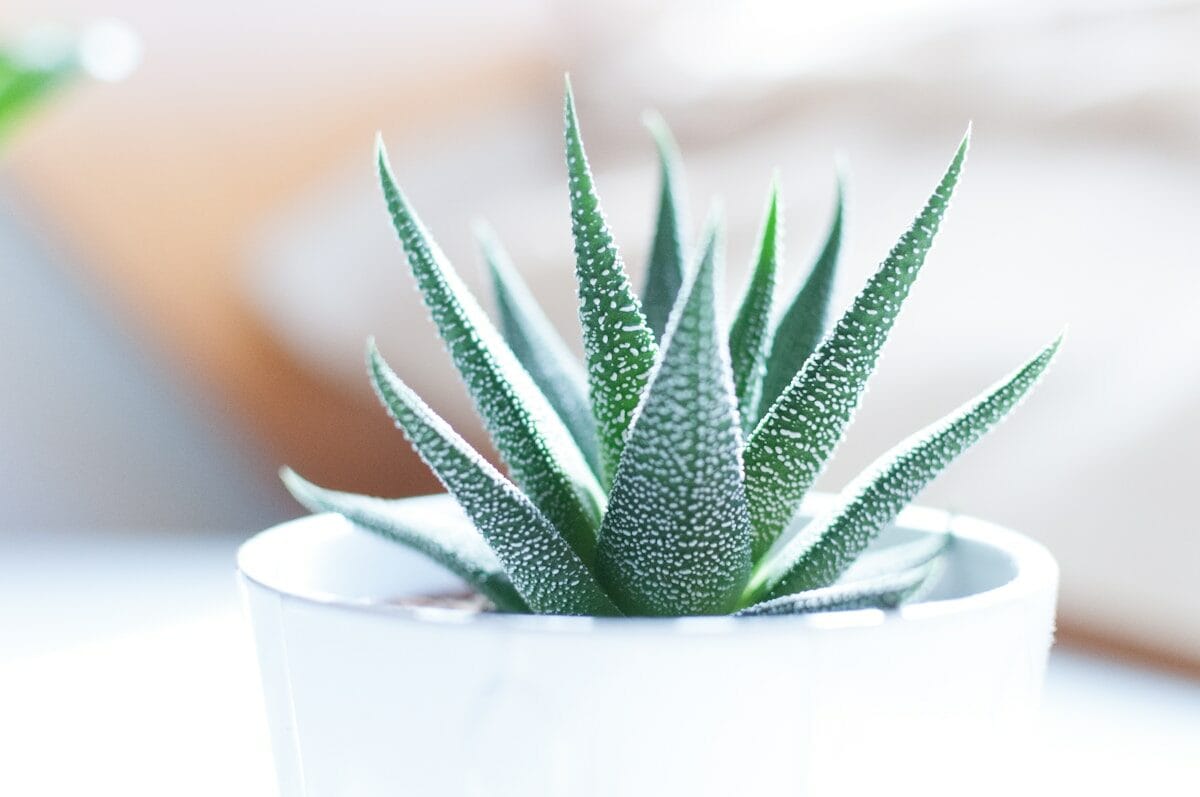What No One Tells You About Having Indoor Plants: The Psychological Benefits Backed by Science
What no one tells you about having indoor plants? If you are rebuilding a relationship with yourself, slowly, gently, without pressure, keep reading.
We curated the psychological benefits backed by science

I didn’t bring home my latest indoor plant because I was into interior design or trying to recreate some cozy Instagram corner. I was tired. A kind of tired that coffee doesn’t touch. I was going through the motions, working, eating, sleeping, but everything felt flat. A friend suggested a dog but with my crazy travels I had to think again. ‘ What about adopting a plant?’ she said. We went together and picked up a small fern plant at the local grocery store. Low maintenance, apparently impossible to kill. That felt manageable. But what surprised me was how it made me feel.
At first, it was just a thing on the windowsill. Then I started noticing how I checked on it in the mornings, watered it without setting a reminder, cleaned its leaves without even thinking.

Something in me shifted. It felt good to care for something. Quietly. Repeatedly. With no reward, no performance. Just care for care’s sake.
I’m not the only one. There’s a moment, maybe you’ve felt it too, when you’re watering your fern and realize you have started looking forward to it. When you touch the soil and know, almost instinctively, whether it’s thirsty or needs your company. When a new leaf unfurls and you catch yourself smiling like it means something. And it does.
And it’s not just emotional. Science backs it up. According to a study published in Sustainability, having plants indoors reduces stress, lifts mood, increases productivity, and can even help with physical discomfort. Another study shows that the level of connection we feel with our plants varies—some people see them as companions, others as just background. But for many of us, it’s more than just a hobby.
The Psychological Benefits Backed by Science

Indoor plants do more than fill a space, they quietly change how we feel indoors. Here’s what research shows:
- Reduced Stress: A 2019 study published in Sustainability found that even minimal interaction with indoor plants, like touching or viewing them, can lower physiological and psychological stress. People in rooms with plants had lower blood pressure and reported feeling calmer.
- Improved Mood: Plants are associated with increased positive emotions. Their presence in workspaces and homes has been linked to lower anxiety and depression symptoms, and higher feelings of vitality and comfort.
- Pain Reduction: Believe it or not, patients in hospital rooms with plants report less pain and need less medication. The soothing visual impact of greenery appears to influence how we experience physical discomfort.
- Enhanced Focus and Productivity: A simple desk plant can improve attention span and cognitive performance, particularly in spaces where people are required to concentrate for long periods.
- A Sense of Purpose: A recent 2023 study in People and Nature found that individuals with stronger emotional bonds to their plants often report greater life satisfaction and mental wellbeing. This “connection” varies widely—but for those who feel it, the mental health benefits are more profound.
Feeling Green Beyond Your Digital Cave
It’s a way of feeling tethered again. When everything else feels digital, rushed, and disposable, caring for something slow and living is grounding. There’s no dopamine hit, no applause. It doesn’t text back or double-tap your posts. But it responds. Subtly. A little greener. A little taller. A quiet sign that something is working.
I’ve spoken to women who started collecting plants during breakups, after losing someone, or just because they needed something to care about. Not someone—something. Something that didn’t talk, didn’t demand, didn’t judge. Just something that needed gentle attention. The kind they weren’t used to giving themselves.
I’ve also heard the frustration—when leaves wilt no matter what you do. When you try, and it still dies. But that’s part of it too. You learn to pay attention. To try again. To start over with something new.
What I didn’t expect was how much it would teach me about myself.
I realized I was more patient than I thought. I find a reason to slow down. That I craved stillness. That I needed routine. That even on the days when I didn’t want to get out of bed, I could still pour water into a pot and check on something green and alive.
It’s easy to roll your eyes at the indoor plants. But for many of us, it’s not a trend at all. It’s one of the few things we do that’s both quiet and real. And that’s rare. If you’ve ever wondered why that little green corner of your home matters more than it “should,” this is why. It’s not about the decor but finding something to care about, and realizing, maybe, it’s time to start caring for yourself too.
Thinking of getting a plant? Don’t pick the trendiest one. Pick the one you’will actually notice. The one that fits your rhythm. And when you water it, take a minute. Have a conversation. That minute might matter more than you think.
Do you want to share your story and inspire our readers ? Know that YOUR EXPERTISE is paving the way for a fairer, happier society.




